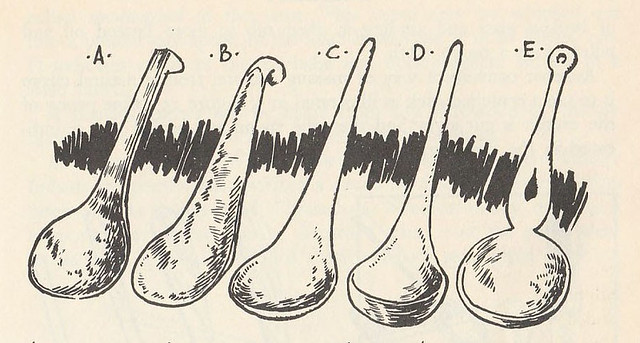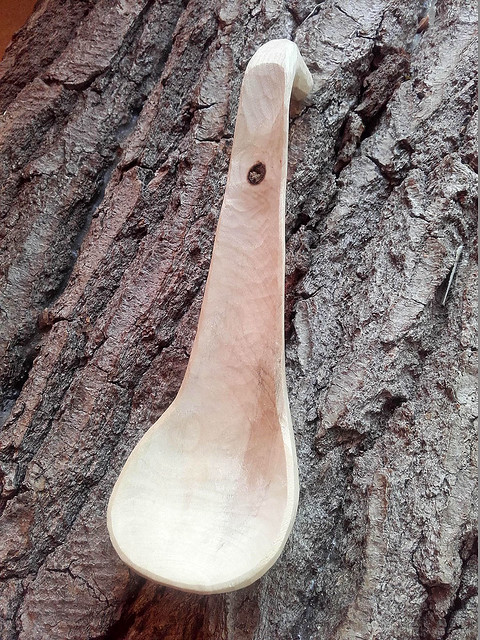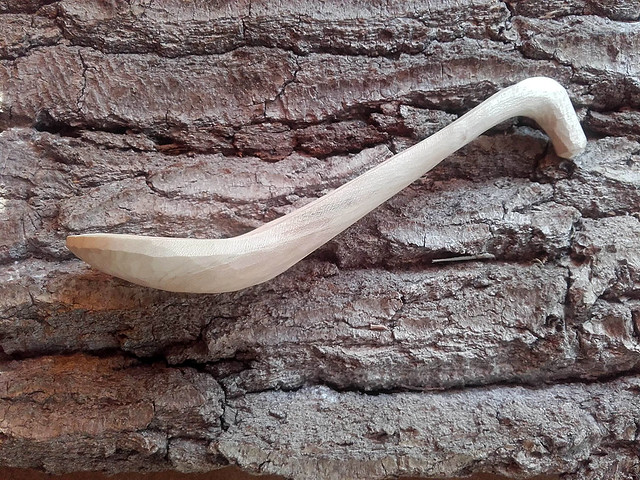Been hankering to have a go at one of these for ages, but A) didn't have any suitable wood B) quite simply i wasn't fit enough, however today was that day.
The spoon is based upon a drawing in Bernard S Masons book "Woodcraft & Camping" and was inspired by illustration B, spoon has been carved from Sycamore.
 Indian Spoons Woodcraft Bernard S Mason drawing by Mark D Emery, on Flickr
Indian Spoons Woodcraft Bernard S Mason drawing by Mark D Emery, on Flickr
 20180525_172827 by Mark D Emery, on Flickr
20180525_172827 by Mark D Emery, on Flickr
 20180525_172753 by Mark D Emery, on Flickr
20180525_172753 by Mark D Emery, on Flickr
 20180525_172805 by Mark D Emery, on Flickr
20180525_172805 by Mark D Emery, on Flickr
 20180525_172845 by Mark D Emery, on Flickr
20180525_172845 by Mark D Emery, on Flickr
The spoon is based upon a drawing in Bernard S Masons book "Woodcraft & Camping" and was inspired by illustration B, spoon has been carved from Sycamore.
 Indian Spoons Woodcraft Bernard S Mason drawing by Mark D Emery, on Flickr
Indian Spoons Woodcraft Bernard S Mason drawing by Mark D Emery, on Flickr 20180525_172827 by Mark D Emery, on Flickr
20180525_172827 by Mark D Emery, on Flickr 20180525_172753 by Mark D Emery, on Flickr
20180525_172753 by Mark D Emery, on Flickr 20180525_172805 by Mark D Emery, on Flickr
20180525_172805 by Mark D Emery, on Flickr 20180525_172845 by Mark D Emery, on Flickr
20180525_172845 by Mark D Emery, on Flickr
 IMG_0003
IMG_0003